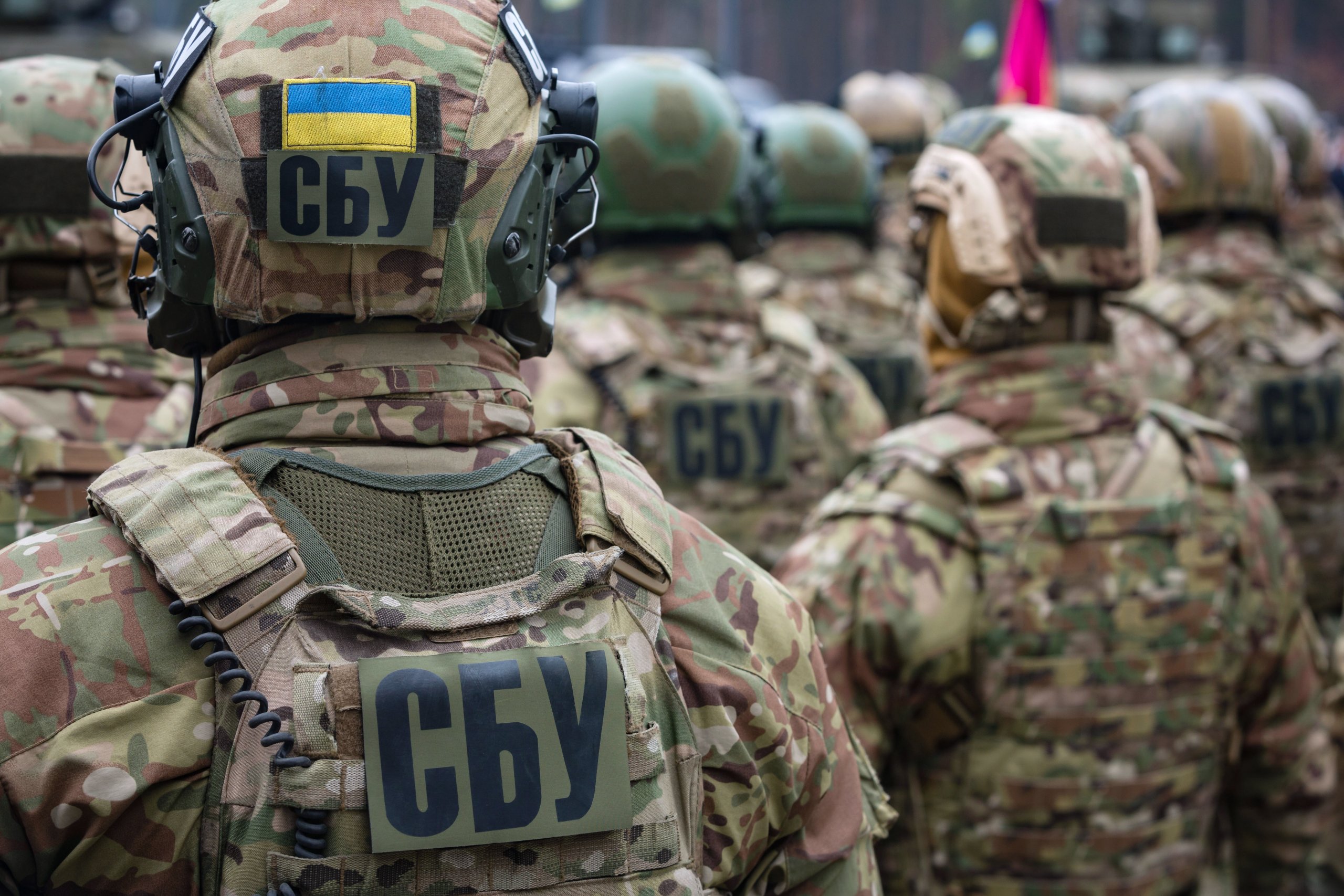Alexander Kovalenko, a military and political analyst of the 'Information Resistance' group believes that the formation of Ukrainian Armed Forces strongholds on the left bank of the Kherson region caught the Russian command off guard at a time when they hadn't even realized it yet. He shared this opinion in his Telegram.
"According to the initial plan within the offensive on October 10, two echelons of the Russian Occupation Forces were supposed to surround Avdiivka, thus creating optimal conditions for the city's occupation by New Year's, giving Putin the "victory" he would feed to his fast-food information consumers. The plan failed miserably.
As a result, Avdiivka began to draw resources from other strongholds, primarily from the Luhansk stronghold, part of the Russian Forces "Center." Effectively, the most combat-ready part of this troop group has now been redeployed to Avdiivka, including almost the entire 2nd Separate Motorized Rifle Brigade, the 55th Separate Mechanized Brigade, and the 41st Separate Motorized Rifle Brigade of the 90th Separate Tank Division. However, this was not enough for the Russian Occupation Forces to solve the issue of surrounding Avdiivka.
It's not surprising because I've repeatedly pointed out that being the most combat-ready brigade doesn't necessarily make it effective, as being the most combat-ready is relative to others. In the absence of a complete staffing in the Russian forces, a regiment, in terms of its combat readiness, may be comparable to a battalion. Although, why "may be" – it is.
Moreover, the nervousness of the Russian Occupation Forces command in the Avdiivka area forced them to involve not fully equipped units and formations but to throw individual units into battle.
All of this led to the fact that the tasks set by Putin under Avdiivka will not be accomplished by New Year's. And to expedite this process is only possible by saturating the operational zones with additional resources. In simpler terms, continuing to press with quantity. But where to get it?
But in the south, things are not all rosy for the occupiers either. They Ukrainian Armed Forces are gaining control over the left bank, continuing to expand their footholds. The road from the first line of defense from Oleshky to Nova Kakhovka is cut in several places, and the specter of inevitable physical control hangs over Highway 2206.
The command of the Russian Forces "Dnepr" hastily formed three tactical groups to block the Ukrainian Armed Forces in the area of Kozachy Lagery and Krynyky, while the 70th Motorized Rifle Brigade and the 7th Airborne Assault Division are "on standby." Recall that the 7th Airborne Assault Division was returned from the Zaporizhzhia region to reinforce the "Dnepr," although before that, it was supposed to reinforce the "Vostok (East)."
It will be difficult to bring someone directly from the Zaporizhzhia region, as it will weaken the constraining potential of the Russian Occupation Forces in the wedge that the Ukrainian Armed Forces drove into the second line of defense.
Here, an interesting balancing act is observed. To take Avdiivka before the New Year, the Russian forces need additional resources. There seems to be a source, with over 400,000 occupiers in the combat zone, but the quality doesn't yield the desired effect. Meanwhile, where they draw resources, there arises the problem of weakening the sector, which needs to be compensated. A resource deadlock? And it won't be resolved without mobilization? However, until the elections in Russia are over, the topic of mobilization remains taboo.
This creates a physical phenomenon where the pressure on the left bank of the Kherson region and the desperate desire to occupy Avdiivka create unpredictable tension in the Russian forces, where something, somewhere, is bound to snap."





















